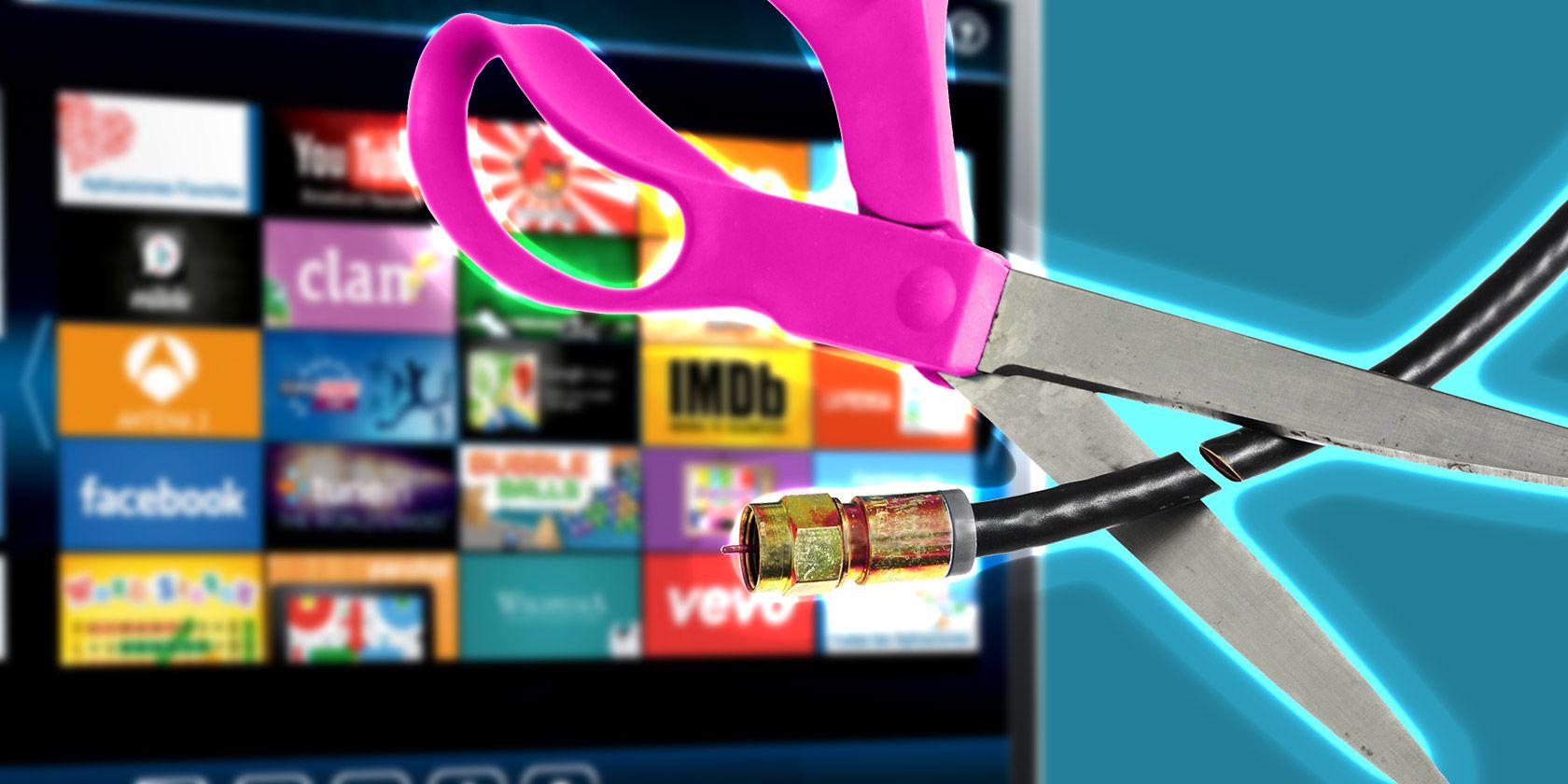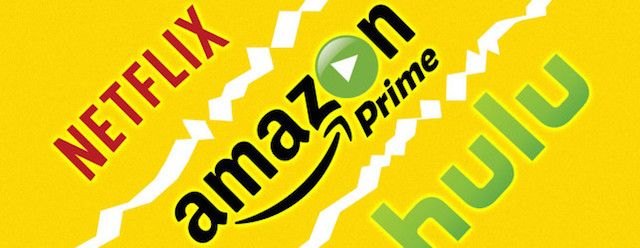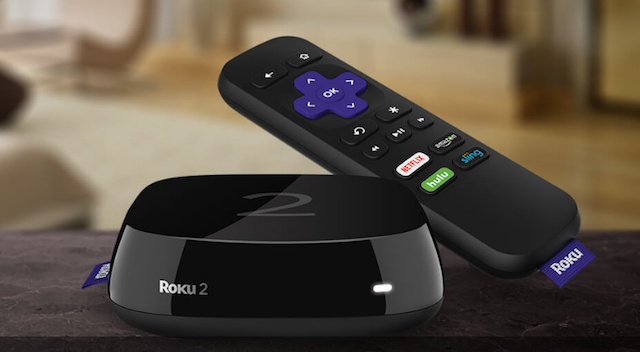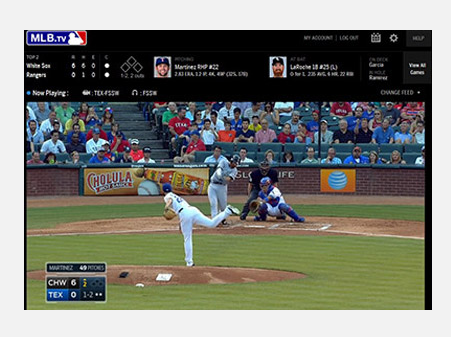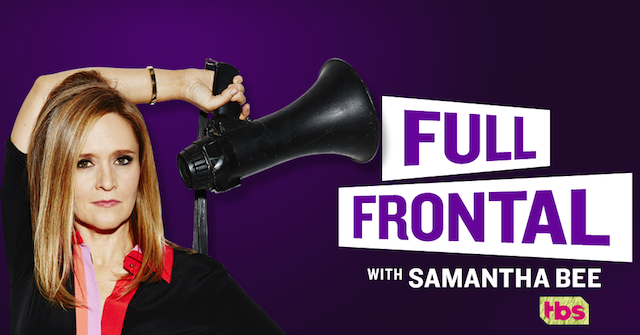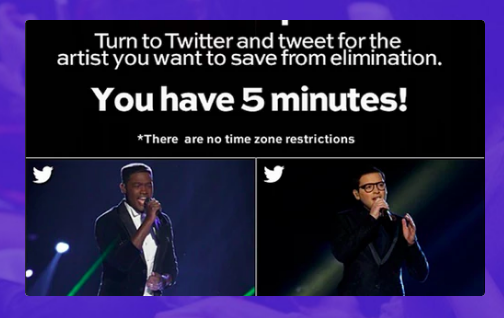With the sheer variety of original content, old movies, and new hit TV shows available to watch online, it's becoming increasingly common for people to ditch their cable provider in favor of Netflix, Hulu, and others.
If you're still holding on to your cable subscription - but are debating if its time to make a change - there are a few things you'll want to bear in mind while you make up your mind. What do you stand to lose, what do you stand to gain, what options are available to you, and what is it going to cost?
We answer all of those questions and more in the paragraphs that follow…
What Are Your Online Options
If you do decide to ditch the cable box, there are quite a few streaming options available whether it's when it comes to choosing your online subscriptions or your devices.
The three heavyweights in the subscription category are Netflix, Hulu, and Amazon Prime. Each site offers a variety of original content, the latest in movies and TV shows, documentaries, and foreign films.
When it comes to determining which service is best for you, you can read our comparison of Netflix, Hulu, and Amazon Prime, search the various sites with one app to see if your favorite TV shows or movies are available, or take a look at the latest that Amazon Prime and Netflix have to offer in the way of original programming.
In addition to the usual suspects, other channels worth considering include HBO NOW, CBS All Access, and Showtime. Sling TV gives users a slightly different watching experience - by allowing viewers to watch live TV without a cable subscription, but you lose the option to DVR or watch shows whenever you want. (For live TV, there is also the option of going old-school and getting the broadcast networks -- ABC, CBS, NBC, PBS, and Fox -- for free using a regular antenna, which you could even craft yourself.)
You will, of course, want to take price into consideration as well. A breakdown of how much each service will cost you on a monthly or annual basis is included at the end of the article.
What Are Your Device Options?
When it comes to devices, you can either invest in a smart TV, or if you want to be cost-effective, consider investing in a streaming devices that can hook up to any HDMI-capable TV: the Roku, Apple TV, Amazon Fire TV, Google Chromecast, or gaming devices like the PlayStation 4 and XBox One.
Be sure to read our comparison of the Chromecast, Roku, and Apple TV for more insight into which device is right for you.
Devices like the Roku and Apple TV also have the added benefit of allowing you to access plenty of free content worth watching from the likes of Vice and TED Talks, as well as music services like Spotify and Pandora.
What You Stand to Lose
Sports and Live Events: One of the most obvious ways a cord cutter loses when it comes to making the switch to streaming is live entertainment. While this can also be considered a gain in some cases (more details on that in the next section), it certainly is a loss in others. When it comes to live sporting events, major national events, awards ceremonies, and other significant events that are broadcast live on TV - you're out of luck.
If you are a diehard fan of any given sport, you might find yourself having to spend quite a bit extra alongside any other standard online entertainment costs once the basketball, baseball, and football seasons kick off.
Special online packages are available for a lot of major sports, and in some cases the cost decreases the further into the season you get, but it's still pretty pricey. Major League Baseball fans, for example, can watch MLB TV, which can cost you anywhere from $25-a-month to $80-a-year. Hockey fans will pay $159 for a season pass, and NBA fans are looking at $120 to $200 for a season pass, or $7-a-game.
These services will also blackout games that are played in your local area, so unless you support a team in another state, this can prove to be pointless.
A One Day Delay: When it comes to TV shows, if you're turning to Hulu or HBO NOW to watch your favorite TV shows, that means you're always going to be one day behind. If you're a particularly social consumer of entertainment, this one is going to be annoying.
You'll probably have to avoid social media, and all other potential sources for spoilers, until you get to watch the TV show yourself the next day. With late night shows which provide commentary on that day's news like The Daily Show and Full Frontal with Samantha Bee, you'll also constantly feel like you're one day behind.
The Collective Experience: Something else you'll lose, which won't matter to everyone, is the collective experience. This is particularly true for major TV shows, reality shows, and talent competitions.
If you're a reality TV buff in particular, you might find yourself missing out on the live-tweeting fest happening on Monday nights during The Bachelorette. Other TV shows or events that incorporate social media into their live experience will also be a loss. On The Voice, for example, live viewers have been able to take to Twitter to save their favorite contestants in real time.
Lose Out on Certain Shows: Not all shows are available on services like Hulu and Netflix. If you're a fan of Samantha Bee, you can only watch clips of her new show Full Frontal with Samantha Bee, on YouTube. Most of the popular Bravo reality TV shows are restricted to the Bravo website, which requires a cable subscription. You can watch five episodes of CBS shows like The Big Bang Theory for free, but to access the full catalog of shows, you have to sign up for an additional subscription. If you have a favorite show you can't live without, be sure to find out if it's available to stream online and where.
What You Stand to Gain
Exclusives: When it comes to some of the online entertainment giants - they are putting out a lot of excellent shows and movies that are exclusive to their online networks. At the 2016 Emmy Awards (which you ironically will have a hard time watching if you cut the cord) - Netflix is up for 54 awards, putting it third after HBO and FX. Amazon also is in the running with 16 nominations.
Unless you have a Netflix or Amazon account there's no way to see award-winning and immensely popular shows such as House of Cards, Transparent, and Master of None. While Hulu isn't in the running for any Emmys this year, it's definitely also stepping up its original content game. Hulu is now home to The Mindy Show, Casual, 11.22.63, and The Path. Amazon Prime users can also now watch the first season of Mr. Robot for free.
Watch Anytime: While you lose out on the live or collective aspect of TV, you do get the luxury of watching any time you want to, and pretty much anywhere. With cable providers, the ability to DVR programs to watch later comes at an extra cost and you can easily find yourself running out of space on your DVR machine. To watch your content anywhere but in your home also comes at an added cost. With all the online options, tablet and mobile apps mean you can take your entertainment with you anywhere there's a decent Wi-Fi connection.
What Are You Going to Save?
The following is a breakdown of how much each service will cost you. With the exception of Amazon Prime, each service is extremely affordable, maxing out at $14.99 a month. (With Amazon Prime, however, you do have to remember that you're gaining far more perks than just TV, most significant of which is free two-day shipping on all deliveries. If you tend to do a lot of online shopping, this will pay for itself pretty quickly.)
|
Service |
Monthly Cost |
Yearly Cost |
|---|---|---|
|
Hulu Plus |
$7.99 |
$95.88 |
|
Netflix |
$7.99 - $11.99 |
$95.88 - 143.88 |
|
Amazon Prime (Streaming only) |
$8.99 |
$107.88 |
|
Amazon Prime (Full) |
$6.58 - $8.25 |
$79 - $99 |
|
Showtime as an add-on to Hulu/Amazon |
$8.99 |
$107.88 |
|
Showtime |
$11 |
$132 |
|
HBO Now |
$14.99 |
$179.88 |
|
CBS All Access |
$5.99 |
$71.88 |
|
Starz |
$8.99 |
$107.88 |
|
Sling TV |
$20 - $40 |
$240 - $480 |
If you were to sign up for all of the services above at their cheapest rates, you could pay $81.52-a-month. This will, however, require you to pay the full $79 for Amazon Prime upfront. Going with the monthly price for Amazon's streaming service alone, minus the shipping perks, it still only comes to $83.93-a-month. At the high end of the spectrum, you would be spending $107.93-a-month.
Most people don't choose all of these services as there tends to be a significant overlap in programming. If you were to choose the three services that are going to get you the most variety - Hulu, Netflix, and Amazon Prime - you're looking at a bill of just $24.97-a-month. The average American household spends $99.10-a-month on cable, so if you fall into that category, you're looking at savings of around $74 every single month.
But not everyone is spending $100 on cable. Cable prices are tricky because cable providers bundle internet and telephone service in the price to make it a more attractive offering. Basic packages with Time Warner, for example, can cost as little as $20-a-month for 20 channels, but the selection is extremely limited and excludes sports packages. With most companies, once a promotion is over, you'll find your cable bill climbing.
The final cost to consider is the device your watching on. Below is a breakdown of the one-time investment you'll have to make in one of the most popular devices available for streaming. (Bear in mind these are list prices, so you might find them for cheaper. Buying older devices will also save you some money.)
|
Device |
Price |
|---|---|
|
Roku Box |
$49.99 - $129.99 |
|
Roku Streaming Stick |
$49.99 |
|
Amazon Fire TV |
$99.99 - $139.99 |
|
Amazon Fire TV Stick |
$39.99 - $49.99 |
|
Apple TV |
$69 - $149 |
So, are you considering cutting the cord? Have you actually already made the change? Or are you happy to stick with cable TV for the time being? Please let us know your thoughts in the comments below!
Image Credits:cutting the cable tv by zimmytws via Shutterstock

